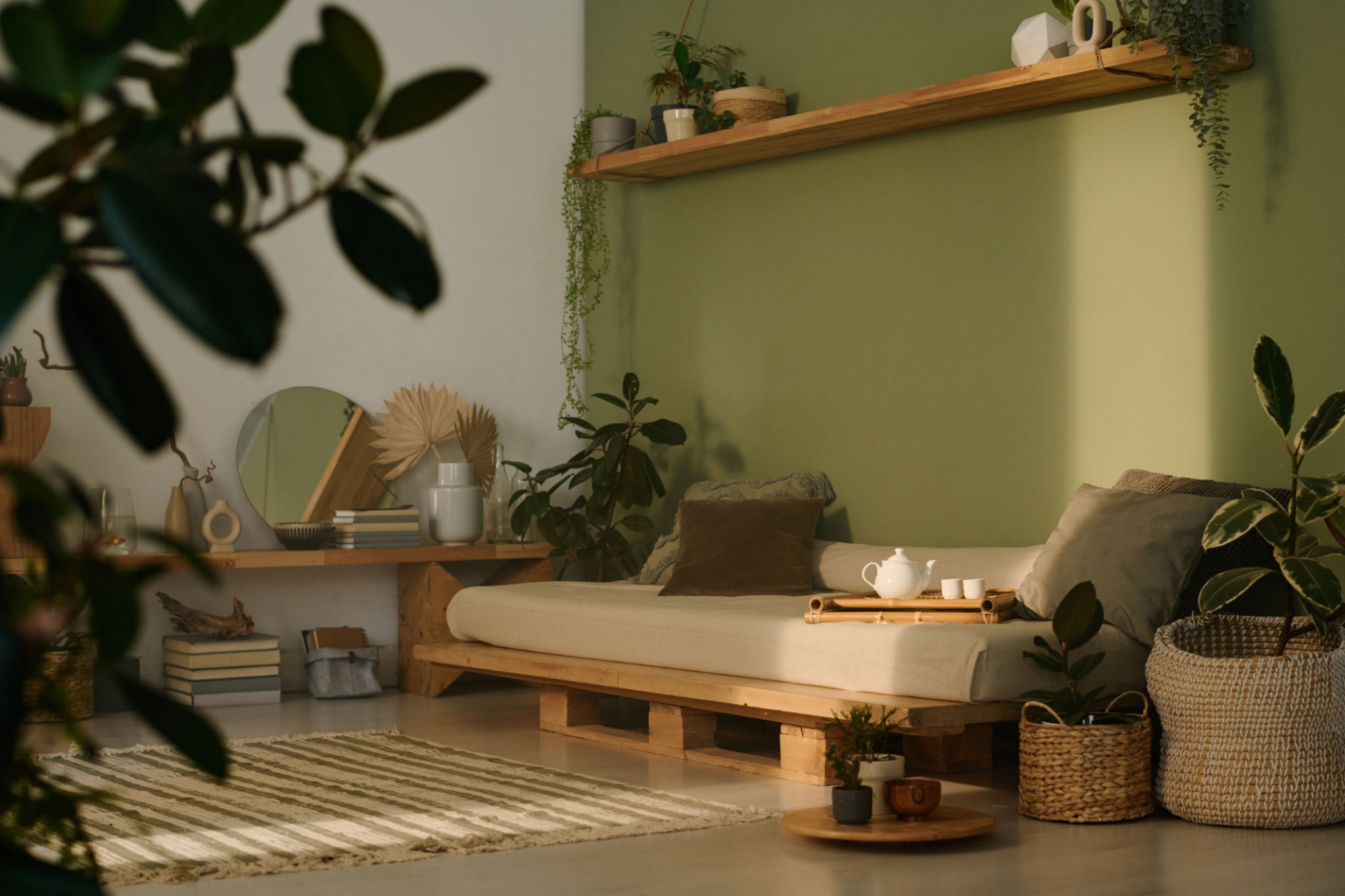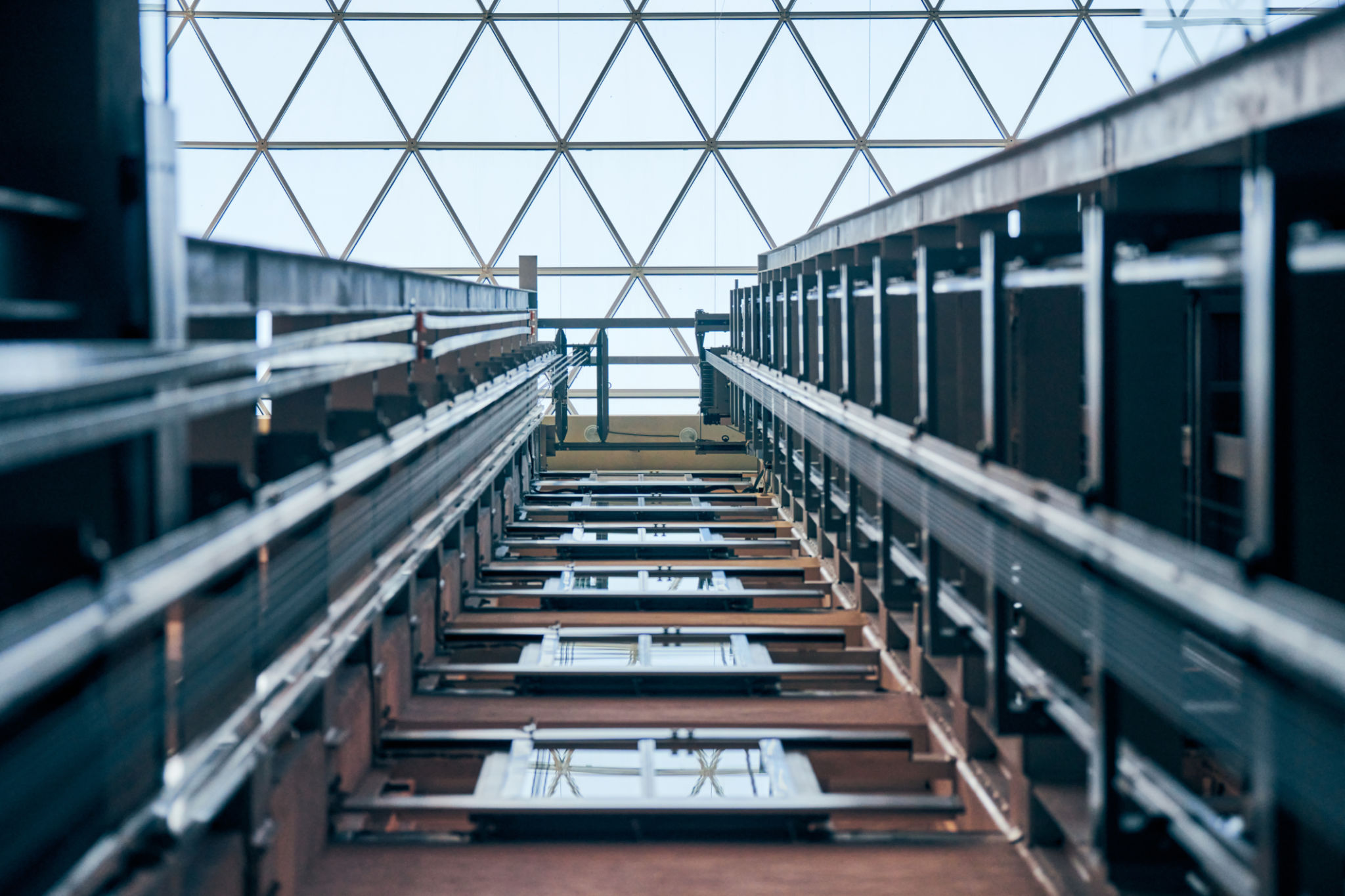The Latest Trends in Architecture and Design: What to Expect
Sustainable Architecture: The Green Revolution
The architectural industry continues to embrace sustainability as a central tenet of design. The push for eco-friendly construction practices is not just a trend but a necessity in today’s climate-conscious world. Architects are increasingly utilizing materials such as recycled steel, bamboo, and reclaimed wood to reduce the carbon footprint of buildings. Moreover, energy-efficient designs with the integration of solar panels and green roofs are becoming the norm.
Buildings now often feature advanced insulation and smart glass technology, which help regulate temperature and reduce energy consumption. This shift towards sustainability is not only beneficial for the environment but also offers long-term cost savings for building owners.

Biophilic Design: Bringing Nature Indoors
Biophilic design is another exciting trend gaining traction in modern architecture and design. This concept focuses on incorporating natural elements into indoor spaces to enhance the connection between humans and nature. By integrating elements such as indoor gardens, water features, and natural light, designers aim to create spaces that promote well-being and productivity.
The use of natural materials like wood and stone further enhances the biophilic experience, offering a sense of calm and tranquility. This approach not only improves mental health but also positively impacts physical health by improving air quality and reducing stress.

Smart Homes: The Future of Living
As technology continues to evolve, so does the concept of smart homes. These homes are equipped with advanced systems that allow residents to control lighting, temperature, security, and even appliances through mobile devices or voice commands. Smart home technology is becoming more accessible and affordable, making it a popular choice for new constructions.
Integrating these technologies can significantly enhance convenience while improving energy efficiency. For example, smart thermostats learn your schedule and adjust accordingly, ensuring comfort and energy savings.

Adaptive Reuse: Breathing New Life into Old Structures
Adaptive reuse is a trend that focuses on repurposing existing buildings rather than demolishing them to build anew. This approach not only preserves historical architecture but also reduces waste and resource consumption. Architects are creatively transforming old factories into chic lofts, warehouses into bustling marketplaces, and churches into unique residential spaces.
This practice is particularly appealing in urban areas where space is limited, offering an eco-friendly solution that respects the past while accommodating the needs of the present.

Minimalism: Less is More
The minimalist design trend continues to dominate the architectural landscape, emphasizing simplicity, functionality, and a clutter-free aesthetic. This approach prioritizes open spaces, clean lines, and a neutral color palette to create environments that are both soothing and sophisticated.
Minimalism encourages the use of multifunctional furniture and innovative storage solutions to maximize space efficiency. As urban living spaces become smaller, this trend offers practical solutions without sacrificing style.
Whether it’s sustainable architecture or smart home technology, these trends highlight the dynamic nature of modern design. As we move forward, architects and designers will continue to innovate, crafting spaces that are not only beautiful and functional but also mindful of our planet’s future.
